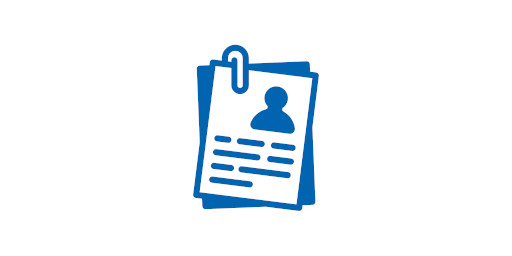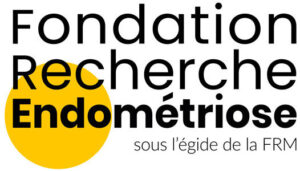
Research Internship – Characterization of uterine contractility in a clinical cohort of endometriosis patients
Scientific Context:
The uterus is a highly dynamic organ that undergoes contractions throughout the menstrual cycle. These contractions play an important role in the different phases of the cycle, and their patterns vary to accommodate different physiological needs. They will, for instance, allow fluid propagation from the uterus fundus to the cervix during menstruation, to eliminate blood and debris, and from the cervix to the fundus during ovulation, to help sperm travel up to the fallopian tubes. We know that conditions such as endometriosis tend to alter uterine contractility, but these changes and their influence on female fertility are still largely unknown.
Ultrasound imaging is the first-line diagnostic tool used by gynaecologists. It allows for the visualization of the uterus and its movements in real-time. However, quantifying these movements in a reproducible manner to accurately characterize uterine contractions can be difficult and very tedious to do manually. To overcome this difficulty, we are developing a tracking algorithm to detect and quantify the uterus contractions directly on ultrasound images. The overall objective of the project is the characterization of uterine contractility and a better understanding of its dysregulation in diseases like endometriosis and adenomyosis, in relation to infertility issues.
Internship Objectives
The aim of this internship is to develop a software tool that enables doctors to characterize uterine contractions in an automated and reproducible manner. A secondary objective is to use this novel method to compare contractility patterns in two patient groups – with and without adenomyosis – in relation to infertility issues.
Methods and internship organisation:
This internship is part of an ongoing clinical study in collaboration with the Cochin-Port-Royal Hospital, in which we collect ultrasound images in two groups of patients involved in a Medically Assisted Procreation program, half of them with and the other without adenomyosis. The student will work at the Physics for Medicine Paris laboratory, in close collaboration with Dr. Mathilde Bourdon and Dr. Manon Sorel, from the Fertility team at Cochin-Port-Royal Hospital.
Specifically, the student will:
1) Adapt a speckle tracking algorithm to follow uterine contractions on clinical ultrasound images and extract muscle strain information
2) Develop the analysis tools for the quantitative characterisation of the contractions (intensity, frequency, direction, synchronicity…)
3) Perform a statistical analysis to compare contraction characteristics in patients with and without adenomyosis.
Candidate Profile:
We are looking for a motivated student with a strong interest in interdisciplinary research at the interface of physics and medicine. Prior experience or familiarity with image processing, and/or programming (preferably in MATLAB) will be appreciated.
Duration: 6 months
Location: Institute Physics for Medicine Paris, 2-10 rue d’Oradour-sur-Glane, 75015 Paris
Contact: justine.robin@espci.fr







